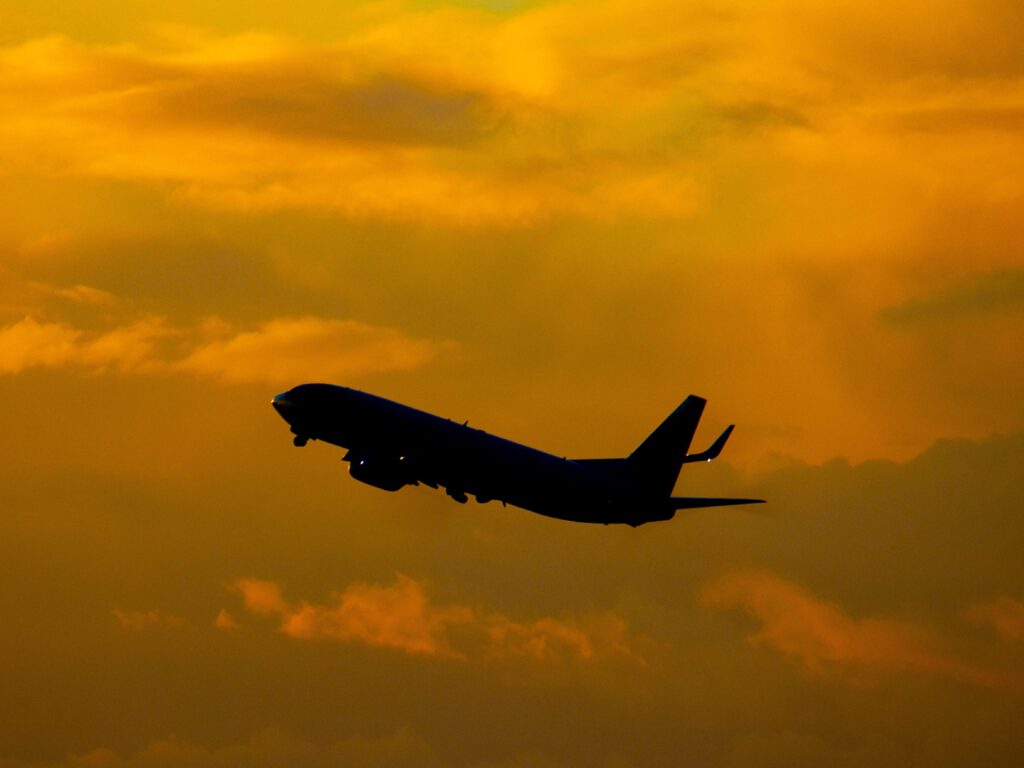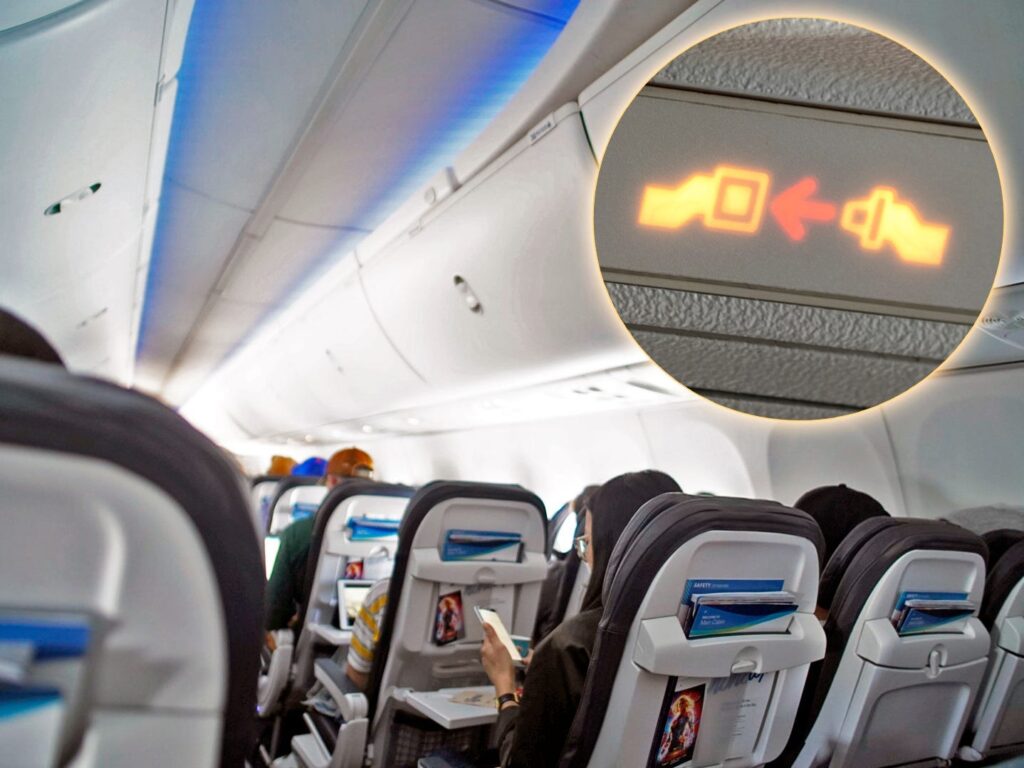- Major flight turbulence in the last six months has left some passengers injured and hospitalized.
- Atmospheric Professor Paul Williams said that increasing turbulence is linked to climate change.
- Williams recommends that passengers wear a seat belt at all times.
Anyone with a fear of flying should buckle up — turbulence is on the rise, and new research says it's tied to climate change.
According to The New York Times, rising turbulence is being caused specifically by elevated carbon dioxide emissions, which are impacting air currents.
In-flight turbulence is defined by the National Weather Service as the "irregular motion of the air," and it's a normal part of flying, Patrick Smith, a commercial pilot, told The Washington Post.
But news reports indicate that flights seem to be getting more turbulent. A flight from Austin, Texas, to Frankfurt, Germany, left seven passengers injured and hospitalized in March, The Guardian reported, and a few months earlier, 36 passengers on a flight from Phoenix to Honolulu had injuries related to turbulence, according to The New York Times.
And while turbulence is often a normal part of flying, an expert is drawing new conclusions.

Increasing turbulence is linked to climate change, expert says
Paul Williams, a professor of atmospheric science at the University of Reading, has spent more than a decade studying turbulence. While some turbulence is caused by inclement weather, Williams told The New York Times that clear air turbulence is another type of turbulence that he's linked to climate change.
Clear air turbulence is a term for bumpy skies at 15,000 feet or higher that are not associated with storms, and most often occur in winter and at high altitudes, according to the NWS.
Williams' research found that this type of turbulence could triple by the end of the century.
Insider spoke to Williams, who said "Climate change is modifying the jet stream at flight cruising altitudes. The increase in wind speed with altitude in the North Atlantic jet stream has already grown by 15% since satellites began monitoring it in 1979. This effect is generating more turbulence."
Ultimately, his research shows that flights may keep getting bumpier and could lead to more injuries of passengers and flight crew members, he said.
"Unfortunately, the nature of flight attendants' work requires them to move around the cabin," Williams told Insider. "My main concern for the future is that flight attendants will bear the brunt of the turbulence increases."
To address the issue of bumpier flights to come, Williams said, "We need to invest in improved turbulence forecasts to mitigate the worst impacts of the more turbulence skies resulting from climate change."
And to passengers, he shared a few final words of guidance.
"The best advice to passengers is to remain seat-belted whenever seated," he told Insider.
